Airborne COVID-19: What It Means and What You Should Do Now to Minimise the Risks
Tue 07 Jul 2020, 16:15:37
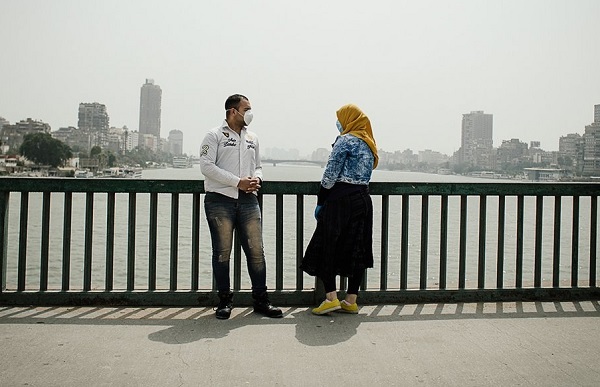
The coronavirus can stay aloft for hours in tiny droplets in stagnant air, infecting people as they inhale, mounting scientific evidence suggests.
This risk is highest in crowded indoor spaces with poor ventilation and may help explain super-spreading events reported in meatpacking plants, churches and restaurants.
It’s unclear how often the virus is spread via these tiny droplets, or aerosols, compared with larger droplets that are expelled when a sick person coughs or sneezes, or transmitted through contact with contaminated surfaces, said Linsey Marr, an aerosol expert at Virginia Tech.
Aerosols are released even when a person without symptoms exhales, talks or sings, according to Marr and more than 200 other experts, who have outlined the evidence in an open letter to the World Health Organization.
What is clear, they said, is that people should consider minimizing time indoors with people outside their families. Schools, nursing homes and businesses should consider adding powerful new air filters and ultraviolet lights that can kill airborne viruses.
Here are answers to a few questions raised by the latest research.
What does it mean for a virus to be airborne?
For a virus to be airborne means that it can be carried through the air in a viable form. For most pathogens, this is a yes-no scenario. HIV, too delicate to survive outside the body, is not airborne. Measles is airborne, and dangerously so: It can survive in the air for up to two hours.
For the coronavirus, the definition has been more complicated. Experts agree that the virus does not travel long distances or remain viable outdoors. But evidence suggests it can traverse the length of a room and, in one set of experimental conditions, remain viable for perhaps three hours.
How are aerosols different from droplets?
Aerosols are droplets, droplets are aerosols — they do not differ except in size. Scientists sometimes refer to droplets fewer than 5 microns in diameter as aerosols. (By comparison, a red blood cell is about 5 microns in diameter; a human hair is about 50 microns wide.)
From the start of the pandemic, the WHO and other public health organizations have focused on the virus’s ability to spread through large droplets that are expelled when a symptomatic person coughs or sneezes.
These droplets are heavy, relatively speaking, and fall quickly to the floor or onto a surface that others might touch. This is why public health agencies have recommended maintaining a distance of at least 6 feet from others, and frequent hand washing.
But some experts have said for months that infected people also are releasing aerosols when they cough and sneeze. More important, they expel aerosols even when they breathe, talk or sing, especially with some exertion.
Scientists know now that people can spread the virus even in the absence of symptoms — without coughing or sneezing — and aerosols might explain that phenomenon.
Because aerosols are smaller, they contain much less virus than droplets do. But because they are lighter, they can linger in the air for hours, especially in the absence of fresh air. In a crowded indoor space, a single infected person can release enough aerosolized virus over time to infect many people, perhaps seeding a superspreader event.
For droplets to be responsible for that kind of spread, a single person would have to be within a few feet of all the other people, or to have contaminated an object that everyone else touched. All that seems unlikely to many experts: “I have to do too many mental gymnastics to explain those other routes of transmission compared to aerosol transmission, which is much simpler,” Marr said.
Can I stop worrying about
physical distancing and washing my hands?
physical distancing and washing my hands?
Physical separating is still significant. The closer you are to a tainted individual, the more pressurized canned products and beads you might be presented to. Washing your hands regularly is as yet a smart thought.
What's going on is that those two things may not be sufficient. "We ought to put as much accentuation on covers and ventilation as we do with hand washing," Marr said. "Supposedly, this is similarly significant, if not progressively significant."
Would it be a good idea for me to start wearing a clinic grade cover inside? What's more, to what extent is too long to even think about staying inside?
Human services labourers may all need to wear N95 veils, which channel out most mist concentrates. Right now, they are encouraged to do so just when occupied with a certain clinical methodology that is thought to create pressurized canned products.
For all of us, material face covers will at present significantly decrease chance, as long as a great many people wear them. At home, when you're with your own family or with flatmates you know to be cautious, covers are as yet a bit much. Be that as it may, it is a smart thought to wear them in other indoor spaces, specialists said.
With respect to what extent is sheltered, that is frustratingly difficult to reply. A ton relies upon whether the room is too packed to even think about allowing for a sheltered good ways from others and whether there is natural air flowing through the room.
What does airborne transmission mean for reopening schools and colleges?
This is a matter of intense debate. Many schools are poorly ventilated and are too poorly funded to invest in new filtration systems. “There is a huge vulnerability to infection transmission via aerosols in schools,” said Don Milton, an aerosol expert at the University of Maryland.
Most children younger than 12 seem to have only mild symptoms if any, so elementary schools may get by. “So far, we don’t have evidence that elementary schools will be a problem, but the upper grades, I think, would be more likely to be a problem,” Milton said.
College dorms and classrooms are also caused for concern.
Milton said the government should think of long-term solutions for these problems. Having public schools closed “clogs up the whole economy, and it’s a major vulnerability,” he said.
“Until we understand how this is part of our national defense, and fund it appropriately, we’re going to remain extremely vulnerable to these kinds of biological threats.”
What are some things I can do to minimize the risks?
Do as much as you can outdoors. Despite the many photos of people at beaches, even a somewhat crowded beach, especially on a breezy day, is likely to be safer than a pub or an indoor restaurant with recycled air.
But even outdoors, wear a mask if you are likely to be close to others for an extended period.
When indoors, one simple thing people can do is to “open their windows and doors whenever possible,” Marr said. You can also upgrade the filters in your home air-conditioning systems, or adjust the settings to use more outdoor air rather than recirculated air.
Public buildings and businesses may want to invest in air purifiers and ultraviolet lights that can kill the virus. Despite their reputation, elevators may not be a big risk, Milton said, compared with public bathrooms or offices with stagnant air where you may spend a long time.
If none of those things is possible, try to minimize the time you spend in an indoor space, especially without a mask. The longer you spend inside, the greater the dose of virus you might inhale.
No Comments For This Post, Be first to write a Comment.
Most viewed from Coronavirus Updates
Most viewed from Health
AIMIM News
Latest Urdu News
Most Viewed
May 26, 2020
Who will win The 2025 ICC Women's Cricket World Cup?
Latest Videos View All
Like Us
Home
About Us
Advertise With Us
All Polls
Epaper Archives
Privacy Policy
Contact Us
Download Etemaad App
© 2025 Etemaad Daily News, All Rights Reserved.




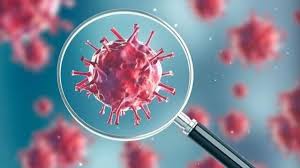
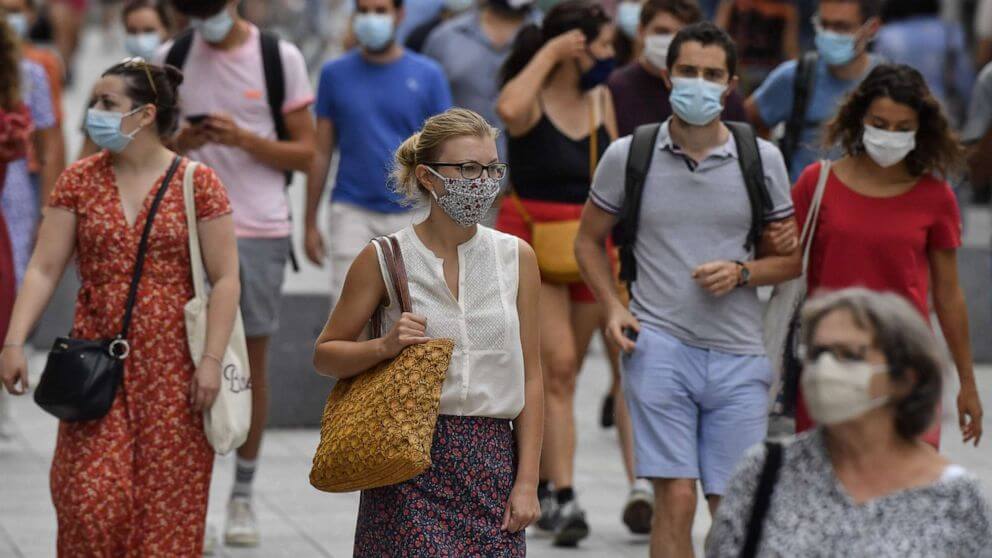


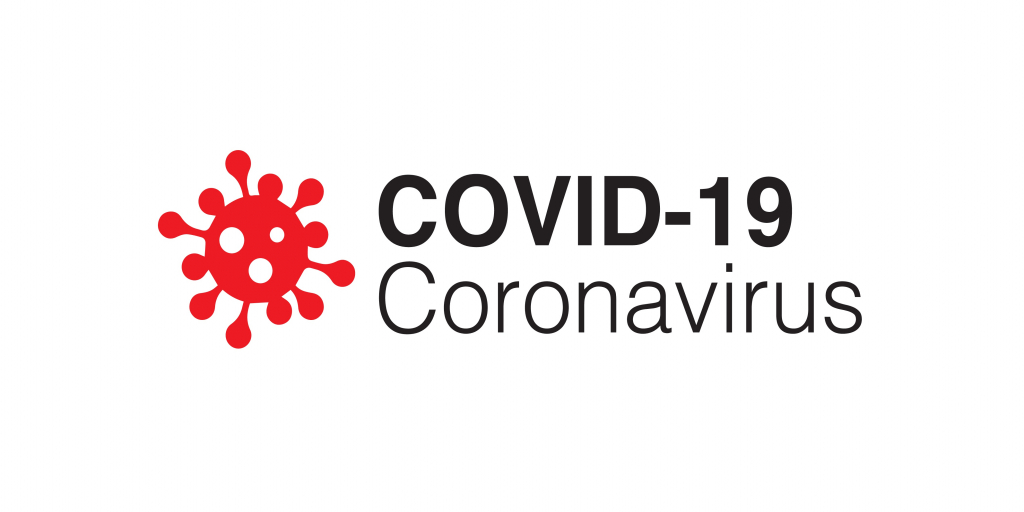
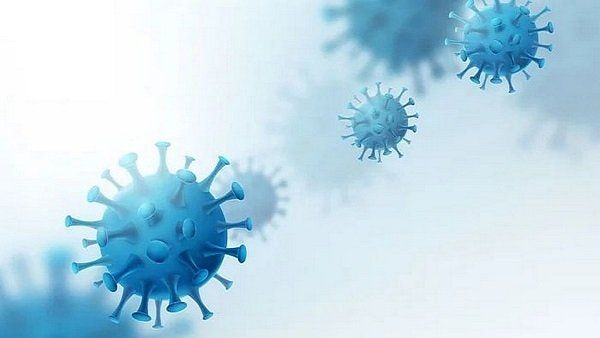
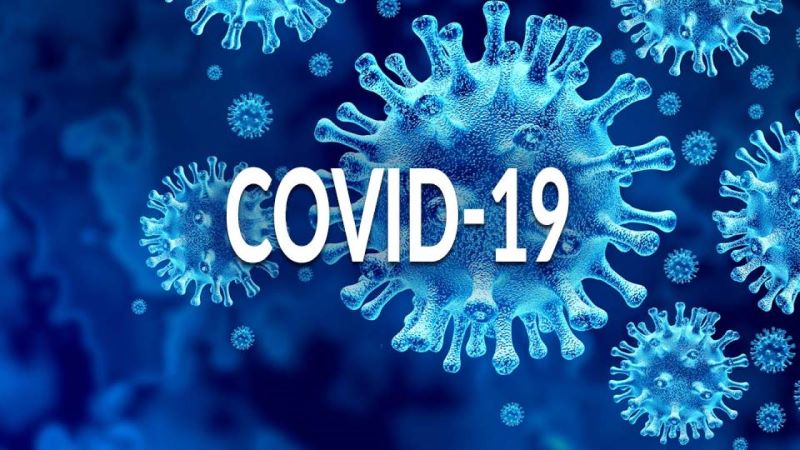
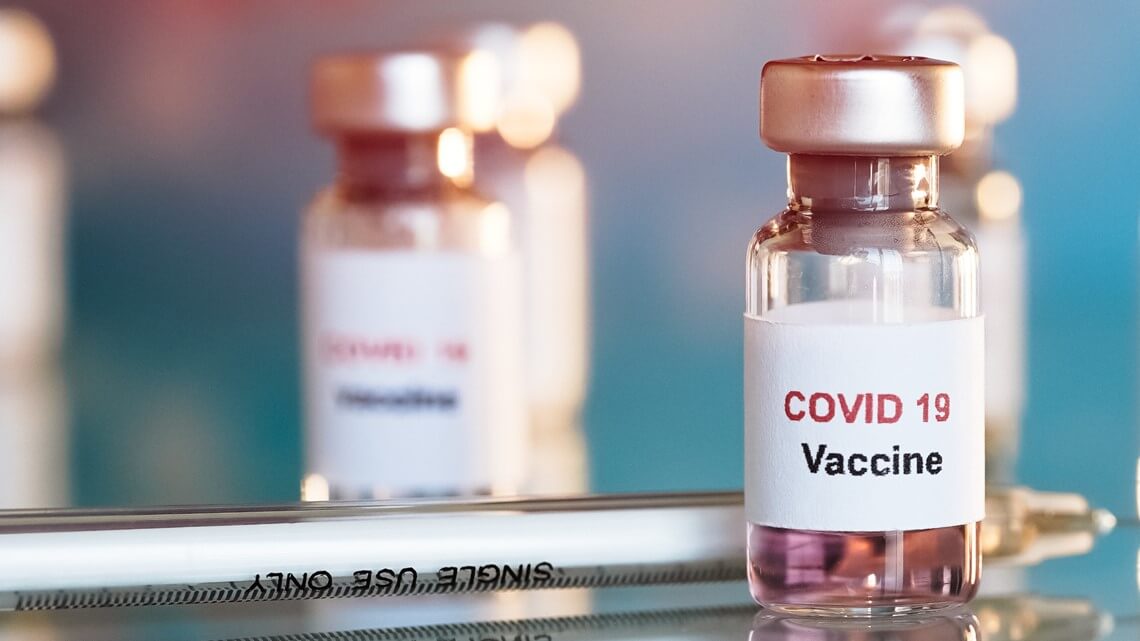

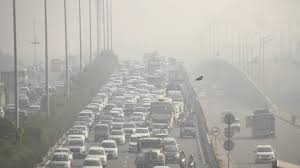
.jpg)
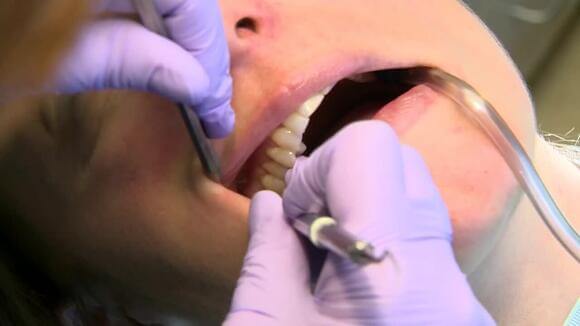

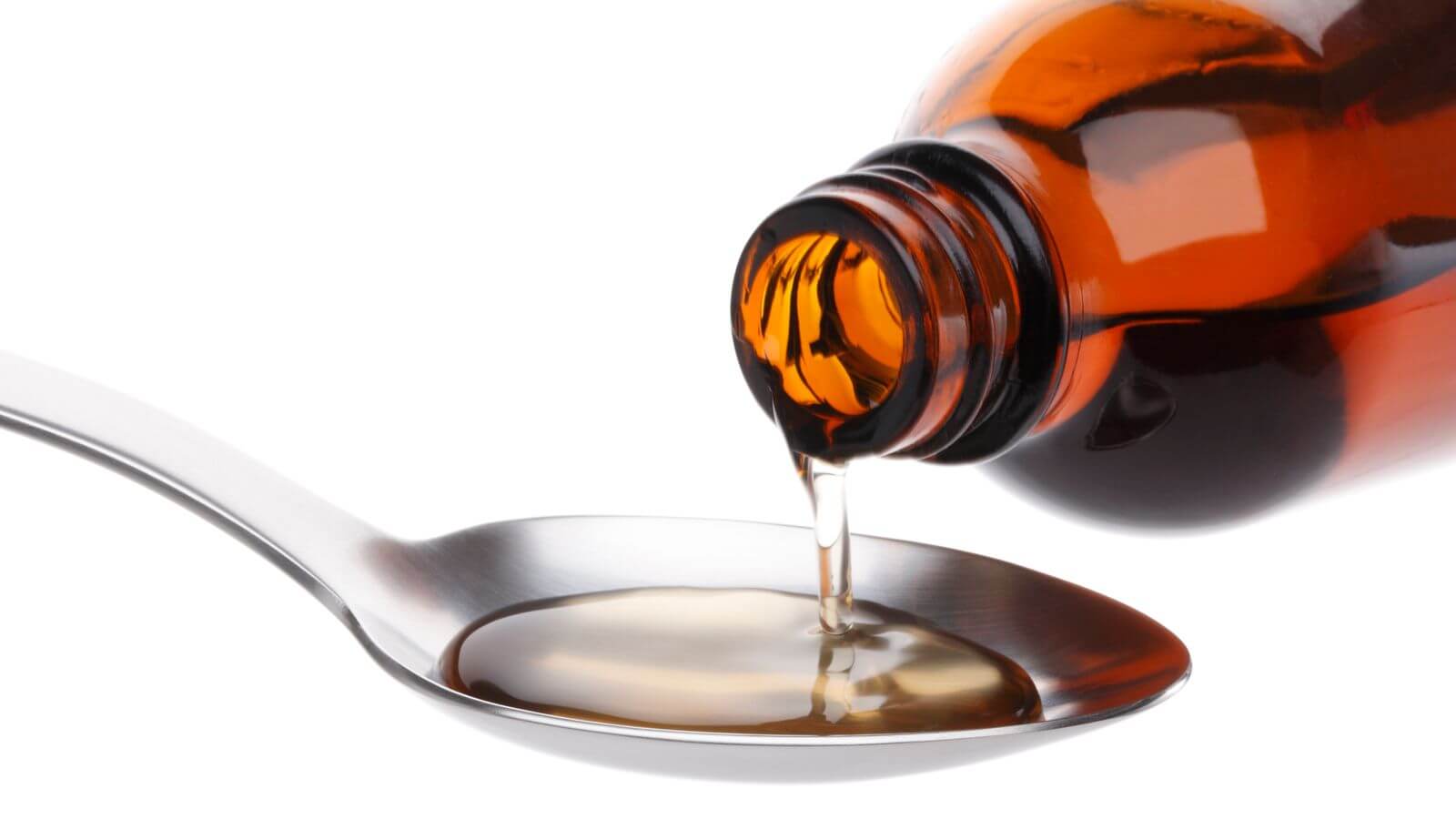
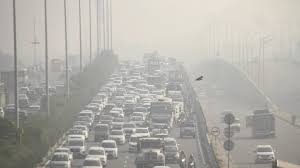


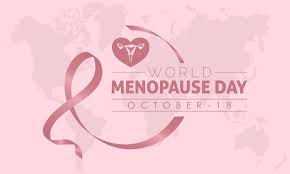
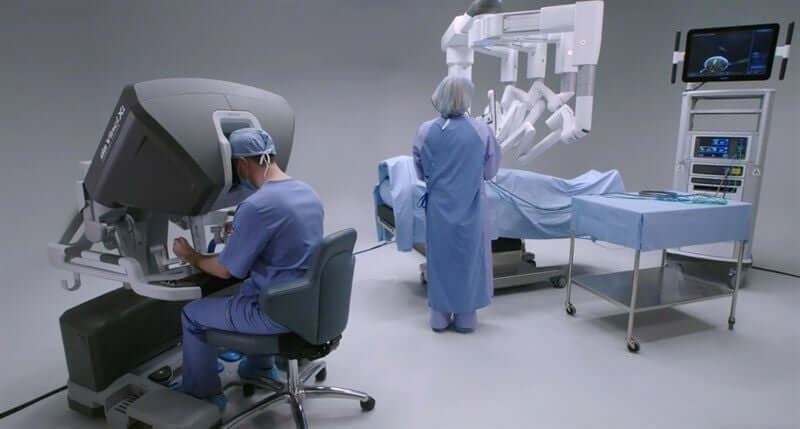














.jpg)
.jpg)
.jpg)


